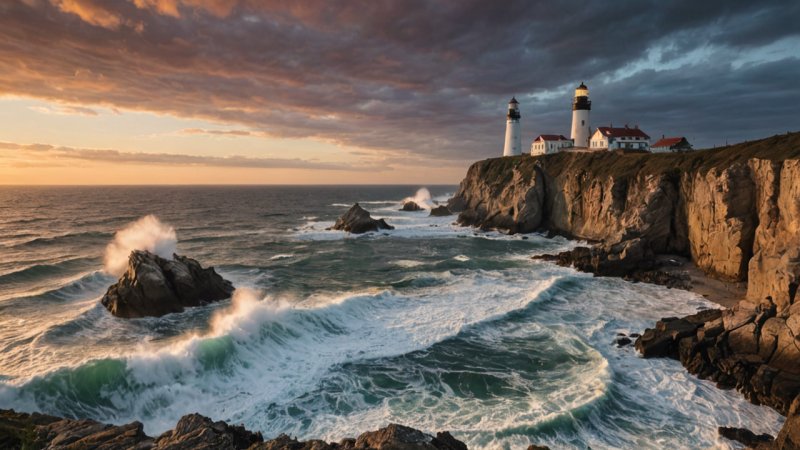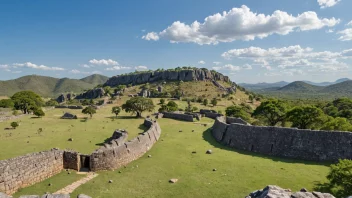In this fictional interview, we delve into the world of photography with renowned expert and professional photographer Eli Johnson, who has dedicated over a decade to capturing breathtaking landscapes and architectural wonders. Eli is particularly passionate about lighthouses, having traveled to various corners of the globe to photograph these iconic structures. Through this engaging dialogue, we explore what makes lighthouses such captivating subjects for photographers and discuss some of the most photogenic lighthouses around the world.
What draws you to lighthouses as a subject for photography?
Eli Johnson: Lighthouses are fascinating because they embody both beauty and history. Each lighthouse has its own unique story, often tied to the maritime heritage of the area where they stand. From a photographic perspective, they create dramatic compositions against the backdrop of the sea, cliffs, or rugged coastlines. The interplay of light—especially during sunrise or sunset—offers incredible opportunities for capturing stunning images.
Can you share some of your favorite lighthouse locations for photography?
Eli Johnson: Absolutely! There are several lighthouses that stand out for their photographic potential:
- Point Reyes Lighthouse, California: Perched on a cliff, this lighthouse offers breathtaking views of the Pacific Ocean, especially when shrouded in fog.
- Portland Head Light, Maine: This is one of the most photographed lighthouses in America. The rugged coastline and crashing waves create a dramatic scene.
- Peggy’s Cove, Nova Scotia: The classic red and white lighthouse set against the stunning granite rocks is iconic and incredibly picturesque.
- Cape Hatteras Lighthouse, North Carolina: Known for its striking black and white stripes, it stands as a testament to the area’s maritime history.
- Phare de Chassiron, France: This lighthouse on the Île d'Oléron features a beautiful spiral design and stunning ocean views, perfect for capturing dramatic shots.
What time of day do you find is best for photographing lighthouses?
Eli Johnson: The golden hours—just after sunrise and just before sunset—are ideal for photographing lighthouses. The soft, warm light enhances the colors and textures of the structures, while the long shadows add depth to your images. Additionally, if you can catch a lighthouse during the blue hour, when the sky transitions to a deep blue, it creates a magical atmosphere that can make for ethereal photographs.
Do you have any tips for aspiring photographers looking to capture lighthouses?
Eli Johnson: Certainly! Here are some tips:
- Research the location: Understand the lighthouse's history and the best vantage points. Look for unique angles that will set your photographs apart.
- Use a tripod: This will help stabilize your camera for long exposure shots, especially in low light conditions.
- Play with composition: Incorporate foreground elements like rocks, waves, or clouds to create a more dynamic image.
- Experiment with different settings: Don’t be afraid to adjust your aperture and shutter speed to find the perfect exposure.
- Be patient: Weather conditions can change rapidly at coastal locations. Sometimes, waiting for the right moment can lead to the most magical shots.
What role do you think lighthouses play in the travel experience?
Eli Johnson: Lighthouses are often symbols of safety and guidance for sailors, but they also serve as landmarks for travelers on land. Visiting a lighthouse can evoke a sense of adventure and exploration. They often have surrounding parks or trails that enhance the experience, allowing visitors to connect with nature and history. From a photographic standpoint, they encourage travelers to see the beauty in coastal landscapes and appreciate the artistry of these structures.
In concluding, what do you hope photographers take away from shooting lighthouses?
Eli Johnson: I hope they come to appreciate the narratives that lighthouses hold—stories of resilience, guidance, and the ever-changing sea. Each photograph should tell a story, inspire wonder, and evoke emotions. Lighthouses are more than just structures; they are a bridge between land and sea, past and present. I encourage photographers to immerse themselves in the experience, allowing the lighthouse to guide their creativity.






